EVA Journal – October 12th
THE VALUE OF THE UNEXPECTED
Jonathan Clarke
Today’s EVA was by ATV north along Cow Dung Rd to Tank Wash where previous crews had reported scattered gypsum which the crew geologist (me) was interested in. Anastasiya, whom I am cross training in field geology, and Annalea, who is learning geological field drawing, were also on the EVA.
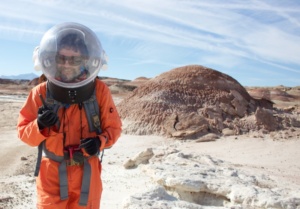
Figure 1: Crew geologist Jonathan Clarke
Owing to a navigation error by the EVA leader (me again), we ended up much further north than planned. Two good things happened as a result of this error. First of all we found a much denser occurrence of gypsum veins than we had expected at Tank Wash.
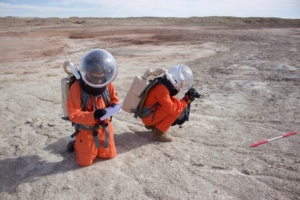
Figure 2: Jon and Anastasiya looking at gypsum veins
Secondly, Annalea, diligently turning over thin sheets of weathered sandstone in an old inverted channel discovered abundant chasmoliths, photosynthetic microbes living in cracks in the rock. These are very important niches for desert microbes, and martian equivalents might similarly inhabit protected niches Mars. Chasmoliths closely related to hypoliths (photosynthetic microbes living under small rocks) and endoliths (photosynthetic microbes living inside rocks).
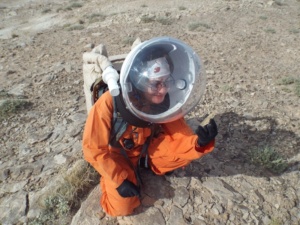
Figure 3: Annalea on the chasmolith-bearing rocks
Today’s adventure illustrates the capabilities of human explorers. No planetary robot yet built, designed, or even realistic conceived would be able to find the hypoliths we found today. The tools needed have not been designed and are two specialised for general use of Mars. Also, the pace of robotic operations is so slow it would not be an appropriate use of time resources to split dozens of rocks and overturn dozens of others, in a hypolith and chasmolith search.
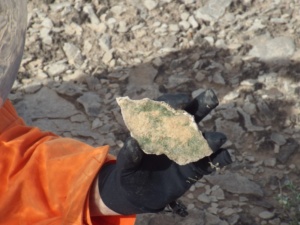
Figure 4: Chasmoliths in thin sheets of sandstone
It also illustrates the importance of the unexpected in scientific exploration. The discovery of orange soil by the Apollo 17 astronauts, or the fossil hot spring deposits in Gusev Crater by the Spirit Mars Rover team, provide other examples. It is often the unexpected discoveries that are most important.
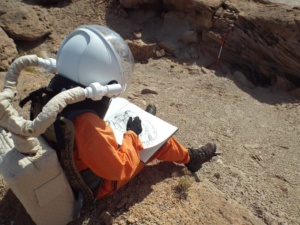
Figure 5: Annalea working on a field sketch of cross-bedded sandstone
After a final stop for Annalea to rough out a sketch of cross-bedded pebbly sandstone, we returned to the station. Field sketching like Annalea’s is an important tool in recording and presenting scientific observations. This ancient technique, dating back to Leonardo da Vinc, is still and important skill in the digital era. It can’t be done with current space suit gloves, but may be possible with future gloves, perhaps using the Mechanical Counter Pressure technology already being tested. How to best record such visually interpreted data in the field under Mars analogue conditions is one goal of our work here in Mars 160. Maybe people will one day be making field sketches on Mars, either in suits or from the comfort of a pressurised vehicle.



